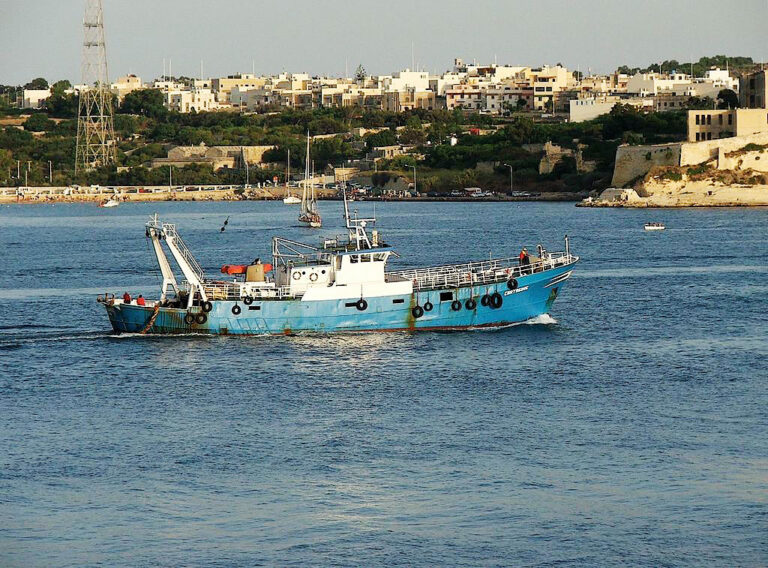Wayfinding: Finding Heat Vulnerability Before It’s Too Late

Joseph Karanja wants to change how cities confront heat risks to their residents.
Karanja, a graduate student in the School of Geographical Sciences and Urban Planning at Arizona State University, presented on the topic at the AAG annual meeting in February 2022. Karanja’s research, co-authored with Matei Georgescu, associate professor at the school, among other co-authors, creates an approach to evaluating heat risk that relies on more specific data and responsive analysis of the many factors that influence risk and make specific populations more vulnerable.
For example, “comparing outcomes in Maricopa County, homeless account for about 40% of the deaths, yet census datasets (the information that powers current heat-health modeling) cannot account for that population,” Karanja says. “We are simply relying on these data because of the absence of an alternative. I want to challenge that. I want to prompt people to think of alternative data sets and alternative ways of thinking.”
Nearly 3,000 people visit Arizona emergency rooms because of heat-related illnesses each year. Heat-related deaths have increased by more than 180 percent in the last decade. In 2020, there were 323 heat-related deaths in Maricopa County alone.
Karanja’s research combines a nuanced approach to datasets with statistical techniques that “unify disparate information to gain new perspectives on how communities are experiencing varying heat stress and heat-health impacts,” writes ASU’s David Rozul, resulting in “a new composite heat-vulnerability metric — a metric that combines not only biophysical (heat) data, but also socioeconomic data from various sources to give researchers and policymakers a finer lens into who is most heat-health vulnerable.”
Among the variables and differences Karanja’s methodology factors in are structures such as porches and coverings, income differences, access to air conditioning, and tree canopy. These are considered as parts of an evolving cycle that can act as a feedback loop, offering more information for prevention, intervention, and remedy.
Karanja sees heat risk research as a crossroads for addressing climate change, poverty, disparities, and urban resilience. “If you are to solve challenges tied to heat, to some large extent, you are dealing with climate change problems associated with population growth and rapid urbanization,” he says. “You’re, in a way, solving so many problems just by looking at heat in all its multi-dimensionality.”
Karanja hopes not only to help people in American cities through his research; he hopes to one day carry out similar research in his home country of Kenya.
“I have never met a student with a greater desire, an unquenchable thirst, to learn,” said Georgescu, who serves as Karanja’s academic adviser. “He is undaunted by challenges and is unfazed at immersing himself in completely new fields. Joseph is a future global star. I am very excited to be a part of the next three to four years of his experience at Arizona State University.
This article is adapted from an article by David Rozul, Arizona State University. Photograph courtesy of David Rozul.
Find out more about AAG’s work to address climate change

